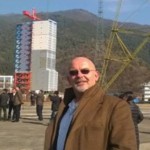19th January 2016 Beijing, China
THIS IS ROCKET SCIENCE …. IN ACTION
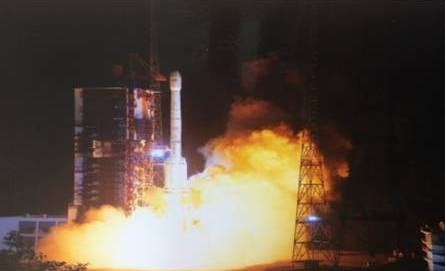
Within UKTI, the Advanced Manufacturing and Transport team have responsibility for the Space sector and we work very closely with the SIN team in this and other areas of technological innovation. Last weekend I and my colleague Li Qian accepted the invitation from China Great Wall Industry Corporation (CGWIC – a subsidiary of China Aerospace Science and Technology Corporation) to attend the launching of the new Belarussian communications satellite – BELINTERSAT-1 – from the China’s Xichang Satellite Launch Center (XSLC).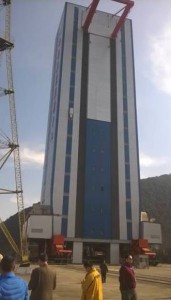
The XSLC, also known as the Xichang Space Center, is one of China’s four launch centres, located approximately 64 kilometres (40 miles) northwest of Xichang in Sichuan Province. With predictable weather patterns and each launch taking around 35 days to prepare and enact, the facility launches about 10 satellites each year.
CGWIC is the only commercial organisation authorised by the Chinese Government to provide satellites and commercial launch services to the world. They offer a complete suite of integrated services including launch services, communications and earth observation satellites, design and construction of satellite ground stations, development of satellite applications, project financing, insurance services and training.

BELINTERSAT-1 is a communications satellite designed and built by the China Academy of Space Technology (CAST). It weighs 5,200 kgs and has a design life of 15 years. It contains 38 transponders and will offer services to Europe, Middle East and Africa. The Belarussian client (PEMF) will offer one-stop-shop range of satellite services, including broadcast, communication, teleport and data centre services to customers across these areas.
The rocket used is a Long March 3-B which is from China’s primary expendable launch system family. The Shenzhou spacecraft and Chang’e lunar orbiters are also launched on the Long March rocket platform. The one for this launch was a The Long March 3B which is a 3-stage rocket with strap on liquid rocket boosters and is 54.8m high, 3.4m diameter and weighs 425,800 Kgs. The main stages and associated liquid rocket boosters use dinitrogen tetroxide (N2O4)as the oxidizing agent and UDMH (unsymmetrical dimethyl hydrazine H2NN(CH3))as the fuel (sorry – I am a chemist after all!). The upper stage (third stage) uses liquid hydrogen (LH2) as the fuel and liquid oxygen (LOX) as the oxidizer. This mission was the 35th of the LM3-B’s career.
So what was it like?
The launch was at 0100 hours – so it was dark, it was cold and we were about a kilometre away. Around 50 of us spectators from the UK, Russia, Belarussia, Israel, Turkey, Nigeria and several other nations had been delivered by bus and we walked around half a kilometre through the local village with the residents sitting out talking, eating and drinking, to the observation open deck.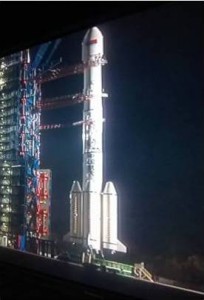
The rocket was now exposed through the shuttering that had previously shrouded it, being folded back and away and lit by the lights on the 4 lightening conductor towers that surrounded the gantry.
The fuel pipes withdrew and with the expected “WU …. SI …. SAN …. ER …. Yi” the rockets fired. The sky lit up and the rocket oh, so slowly emerged from the flames, smoke and thunder that you felt through your chest and feet, as much as saw and heard.
After 11 seconds, the rocket pitched over and continued to climb – now just a trail of flame and smoke arcing into the clear black sky. At 141 seconds, the flame winked out and the boosters separated. There was a smaller flamer and then that was gone as the first stage separated at 159 seconds. After that any flame that could be seen was just another star in the sky.
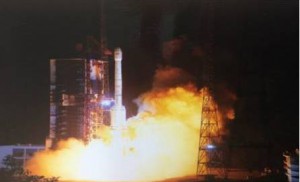 Speaking with the representative of XSLC, the launch had been perfect, but it would not be known for a good few days if the satellite was in the proper position (GEO 51.5oE) and functioning correctly. Tests will be undertaken from the ground station and all being well, the satellite will begin its commercial use in 75 days.
Speaking with the representative of XSLC, the launch had been perfect, but it would not be known for a good few days if the satellite was in the proper position (GEO 51.5oE) and functioning correctly. Tests will be undertaken from the ground station and all being well, the satellite will begin its commercial use in 75 days.
